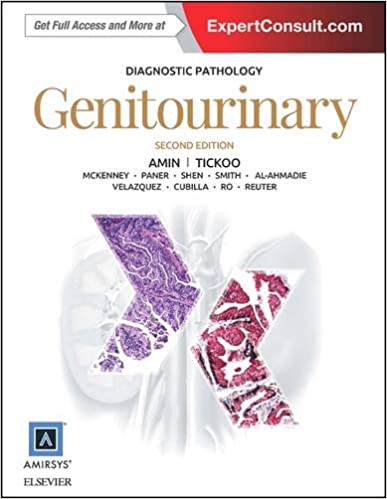|
~~~~~~~~~~~~~~~~~~~~~~~~~~~~~~~~~~~~~~~~~~~~~~~~~~~~~~~~
What's New in Pathology?
June 2016
~~~~~~~~~~~~~~~~~~~~~~~~~~~~~~~~~~~~~~~~~~~~~~~~~~~~~~~~
|
|
New Books Listed on PathologyOutlines.com!
  To view more books recently listed on our site, click here. Advertisement
|
|
What's New in GU?
By Dr. Debra Zynger, PathologyOutlines.com GU Editor There is a new WHO Classification of Tumours of the Urinary System and Male Genital Organs (4th edition), and with a new edition, it's a great time to review the recent updates in Genitourinary surgical pathology. Most of the changes are cosmetic with numerous entities renamed. The changes likely to be most critical to your practice are indicated below.
|
|
Prostate
|
|
Kidney
|
|
Bladder (Urothelial Tract)
|
|
Testis
|
Debra Zynger, MD, is an Associate Professor and is the Director of the Division of Genitourinary Pathology at The Ohio State University. Dr. Zynger earned an MS in Genetics from Stanford University and an MD from Indiana University. She completed her residency training in Anatomic and Clinical Pathology at Northwestern University and Genitourinary Pathology Fellowship at the University of Pittsburgh. Dr. Zynger has authored 2 Genitourinary Pathology textbooks, published more than 60 journal articles, has served as a peer reviewer for 28 journals and is on multiple editorial boards. Dr. Zynger presents numerous talks at national conferences and is the College of American Pathologists delegate chair for Ohio.  |

